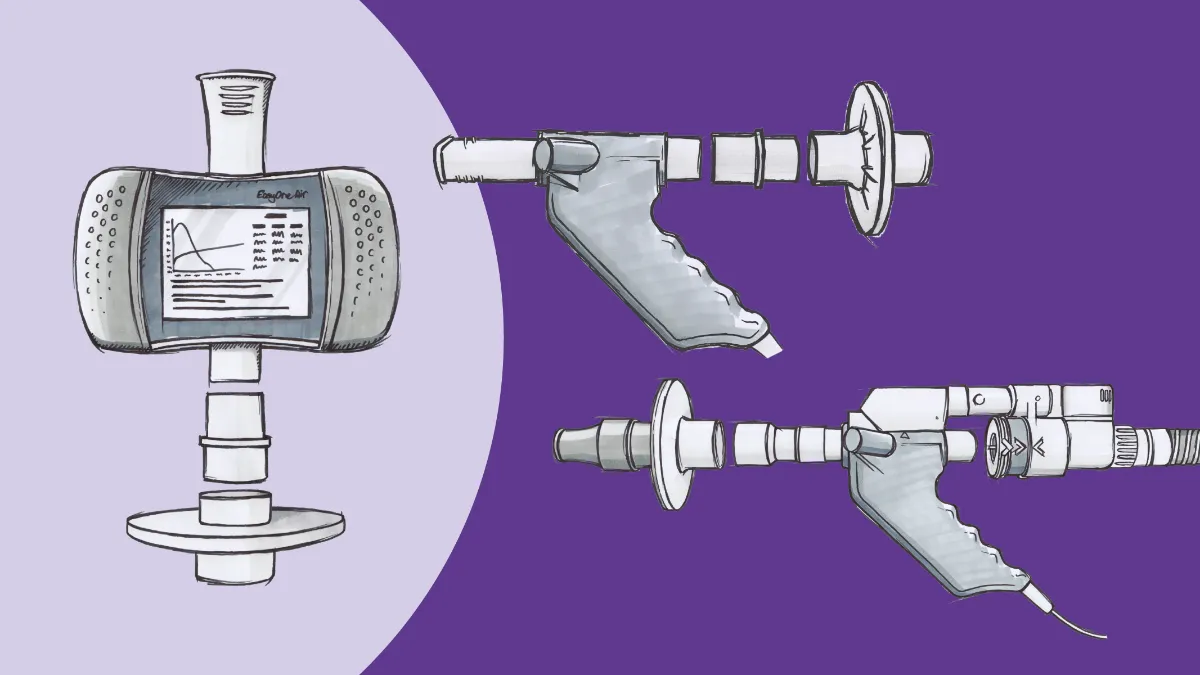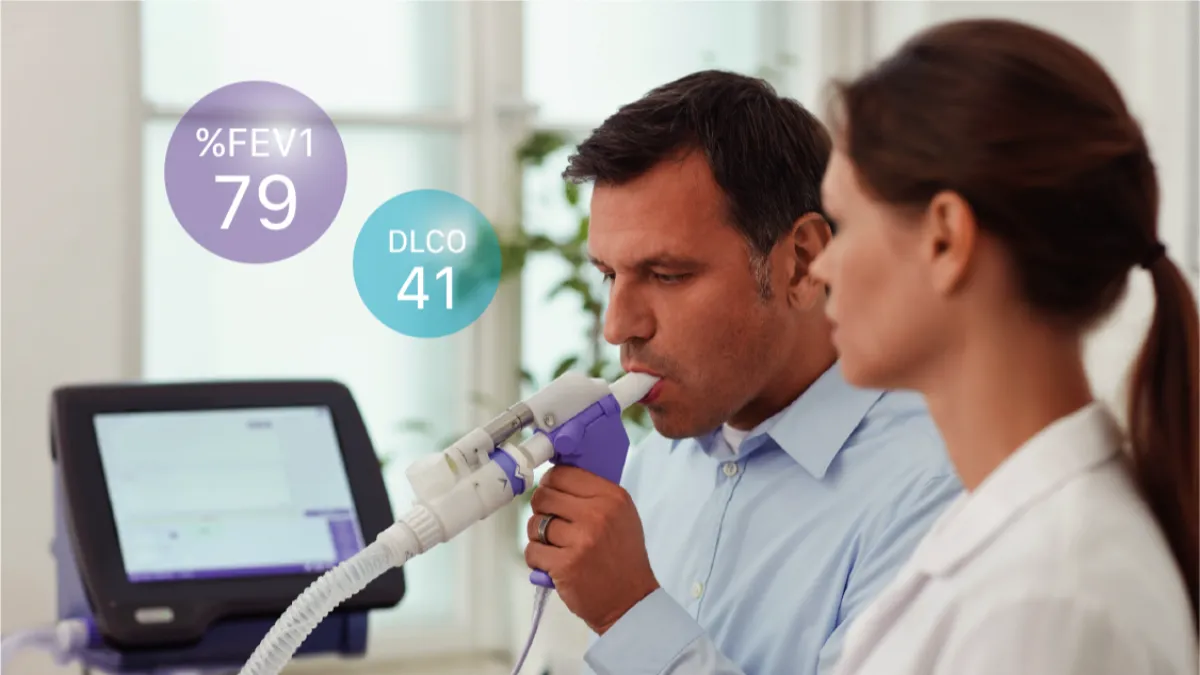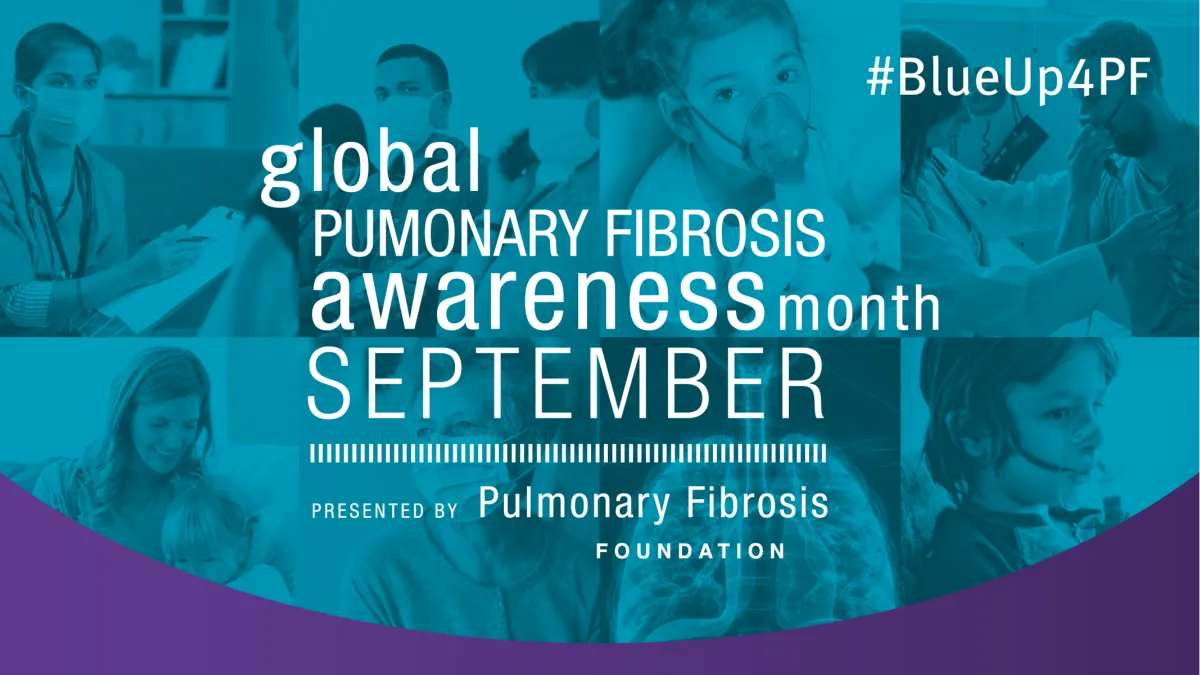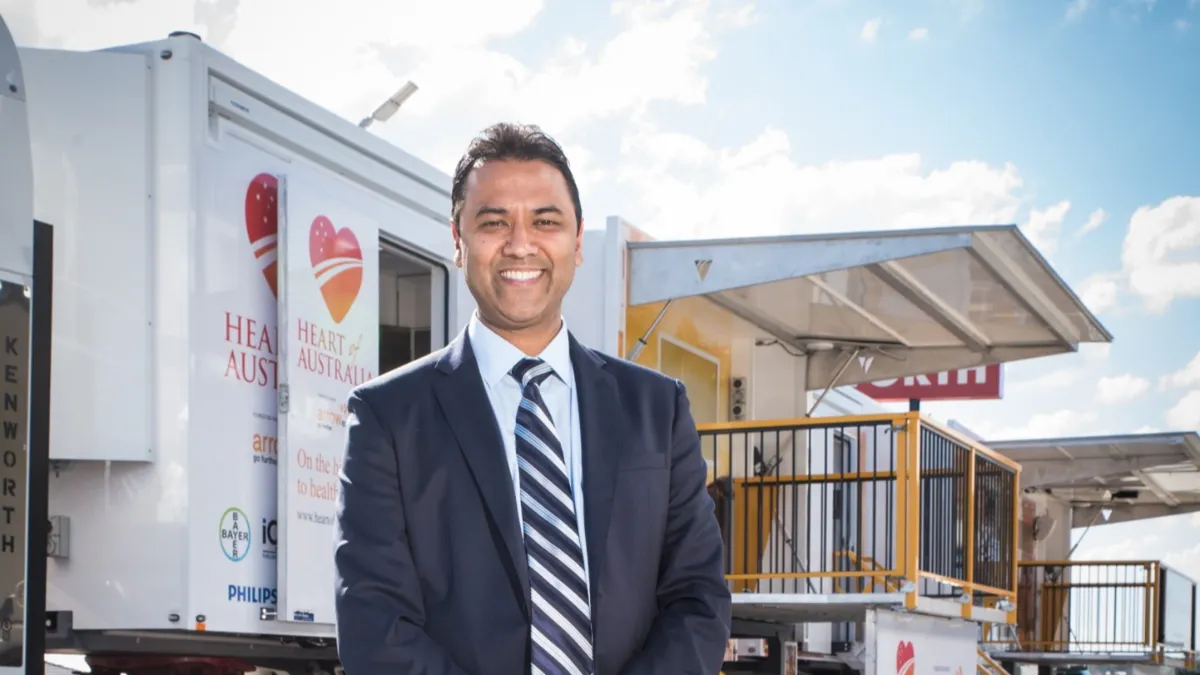Early respiratory diagnosis: benefits of including DLCO in a community setting
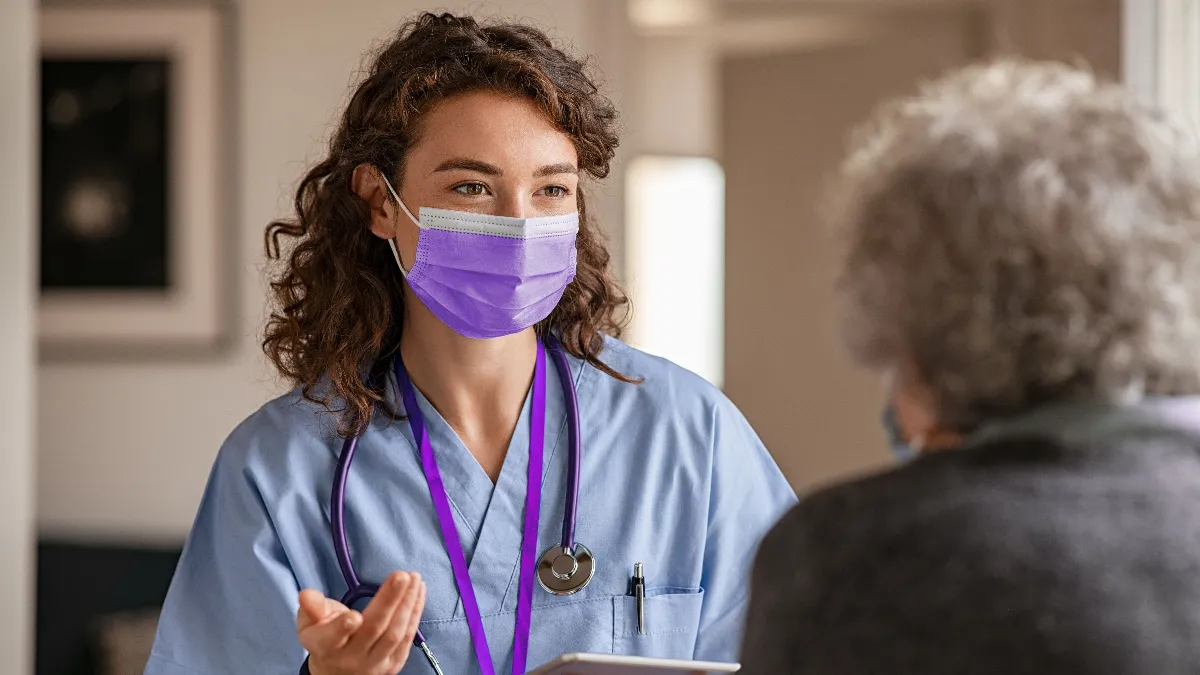
Spirometry is the most common pulmonary function test undertaken and is utilised world-wide as a first line diagnostic tool in the primary care setting when attempting to identify lung diseases. The use of quality-assured spirometry is recommended frequently in national and international guidelines for the diagnosis and management of asthma and chronic obstructive pulmonary disease (COPD) both in primary and secondary care. However, the ability of the respiratory system to exchange gases to and from the cardiovascular system can be impaired despite the presence of normal spirometry.
Study insights #
In the recently published study by Dr. Karl P. Sylvester et al.: Early respiratory diagnosis: benefits of enhanced lung function assessment, almost 40% of patients attending the lung function laboratory for their first investigations were identified as having normal spirometry and yet abnormal gas transfer (DLCO). This clearly has implications if trying to identify the presence of a respiratory abnormality earlier in the patient’s diagnostic pathway. It also has implications for the wider healthcare system and economy. This webinar will outline some of the benefits of including gas transfer measurements to the healthcare system.
Find out more in our webinar #
In the webinar Dr. Karl Sylvester will outline the study in some depth. It will provide detail on how to perform the measurement and the external factors that can sometimes impact the outcome of the test. Importantly, the webinar will identify what the results mean from a physiological basis. Understanding this allows those interpreting the results to have a better understanding of potential differential diagnoses with the plan to achieve the aim of identifying respiratory abnormalities in a more timely manner.
Watch the recording here.


